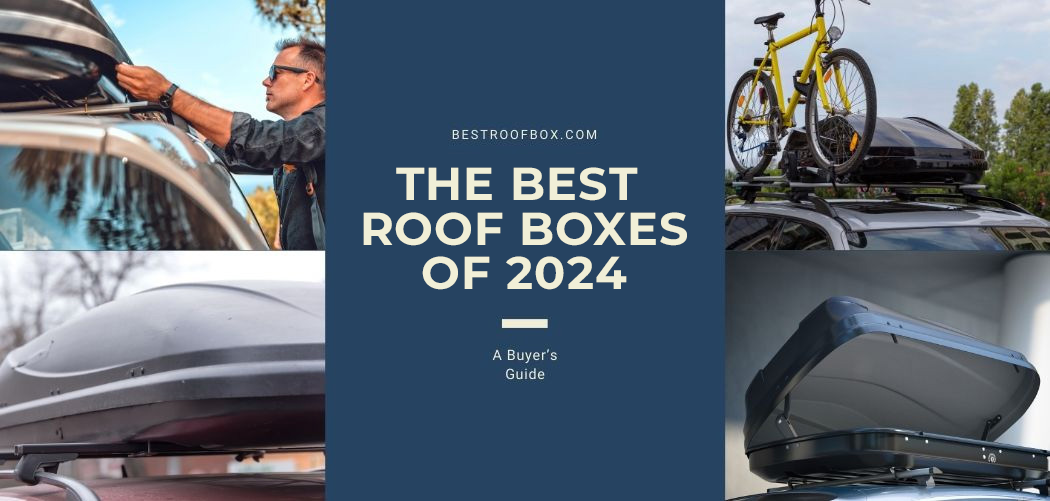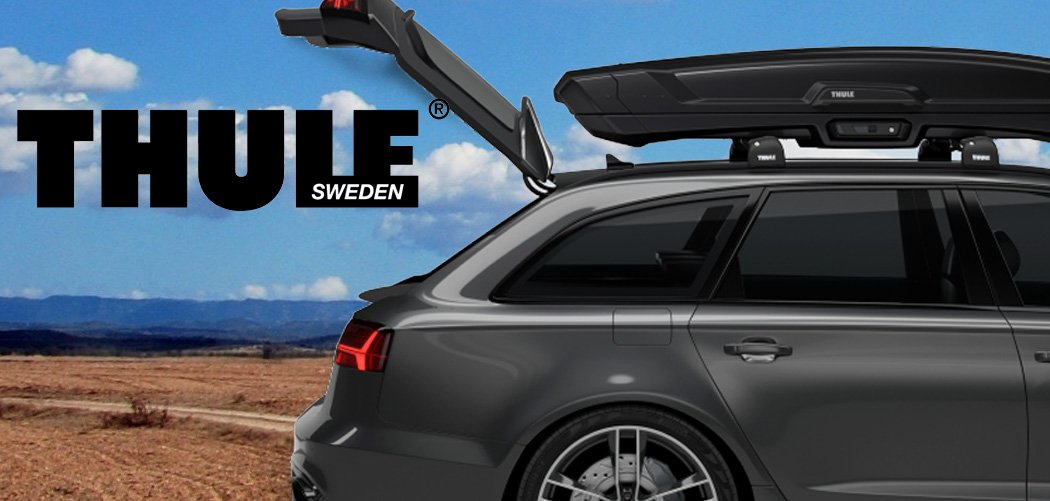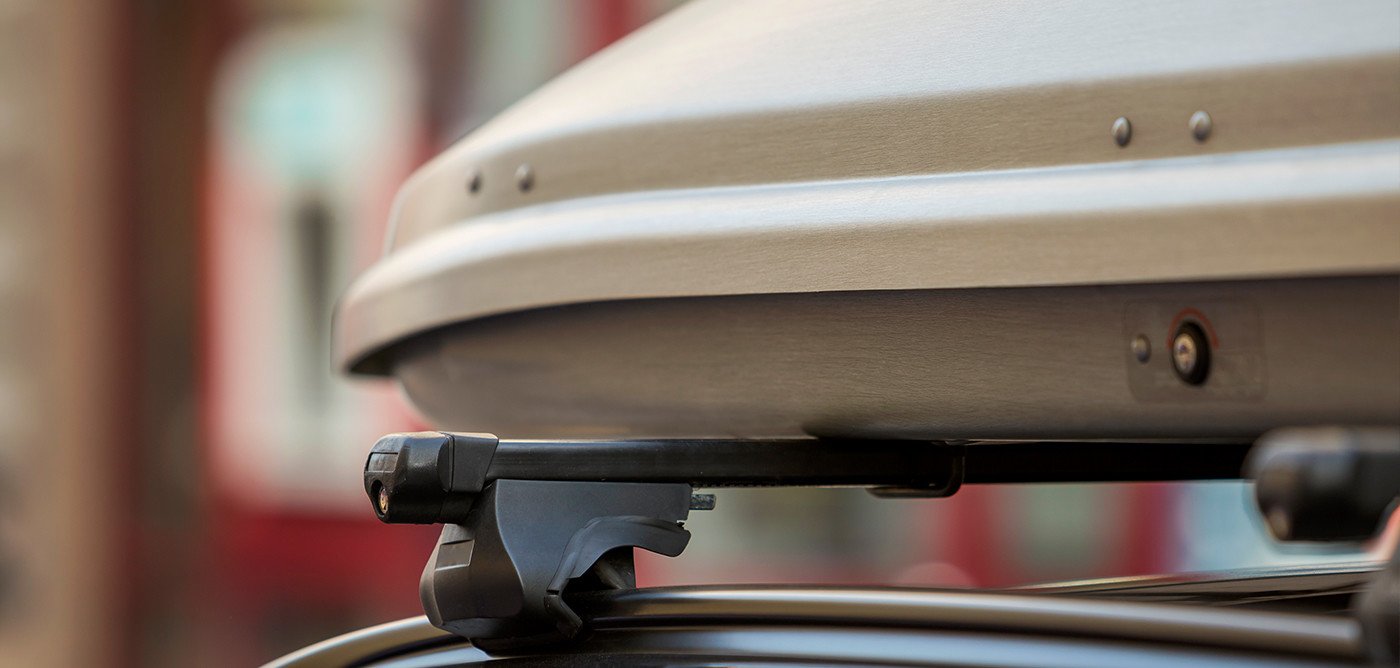While you may be aware of the principles of roof racks and their attributes, there is always a chance to brush up on or learn something new about this trustworthy outdoor friend.
Before you hit the road for a fun-filled adventure with your friends or family, check out all these frequently asked questions about Rhino roof racks to make sure that you’re prepared for anything.
Table of Contents
Are Rhino Roof Racks Universal?
A frequently asked question is if Rhino roof racks and bars are universal. Rhino racks are designed specifically for a certain variant/model of the vehicle and are not universal.
Nevertheless, racks can occasionally be shifted across vans by altering crucial components.
If you’re considering purchasing a secondhand rack that someone says fits your van, approach with care.
Each day, Rhino receives inquiries from clients who purchased a rack on eBay or gumtree and were assured by the vendor that it was originally from another vehicle but would fit theirs.
This is most likely not true, and you could end up losing a lot of money over a product that you can’t use.
This is especially true with modular racks, where the cross-bars are welded precisely to the mounting locations on the van roof.
The locations of the points vary across vehicle types and will not align unless the rack is designed expressly for that van.
This is an unadjustable feature. Additionally, the roof attachment locations vary per vehicle model.
Having said that, in some cases (most notably with Rhino Delta Bars and Aluminum Racks), components of an old rack may be transferred to a new van by obtaining a replacement fitting kit.
Why Is The Roof Rack Whistling?
Rhino roof racks are equipped with rubber inserts that help reduce noise and whistling. Roof racks that are not fitted properly typically make a lot of noise.
Consult your product’s instructions to ensure that rubber strips are installed properly in the grooves on both the top and bottom of your roof rack bars.
Rubber inserts should be trimmed to length and thoroughly put into the channel.
Finally, before driving, double-check that your end caps are installed and fastened properly. If you’re looking to further reduce wind noise, have a look at our Wind Fairings.
If the problem persists, contact your local dealer for more assistance.
Can I Install The Rack Myself?
While the majority of roof racks may be installed without help, certain roof rack systems, such as track mounts and backbones, require installation by a Rhino-Rack-authorized dealer.
Ensure that you carefully follow the instructions and bear in mind that not all systems come equipped with all of the necessary installation equipment.
If you have any fitting issues, please contact your local dealer for help and refer to the instructions.
Why Do Roof Racks Cost So Much?
There are several reasons why roof racks cost so much money.
Roof racks are professionally manufactured with high-quality materials and are designed to hold a substantial level of weight.

They have also been designed to withstand wind resistance.
Roof racks are made of materials that are capable of withstanding hundreds of pounds of strain in many directions without separating or bending.
Additionally, the rack’s aerodynamic design must minimize the amount of noise caused by air moving over and around the rack and its contents.
While roof racks are not cheap, they are well worth the investment if you use your vehicle regularly, drive at high speeds, or like road trips. You’ll want a roof rack that is sturdy, trustworthy, and long-lasting in these cases.
Where Do Rhino Racks Come From?
Rhino Racks are proud to be an Australian-owned and operated firm with over 150 workers located in Eastern Creek, NSW. Numerous products are manufactured in Australia.
Where they are unable to produce products locally, they work with our Australian engineering team to design products that are suitable for their global consumers.
Additionally, their procurement department searches the globe for materials that satisfy the standards for Rhino-Rack-branded goods.
Are All Roof Racks The Same?
Roof racks come in all sorts of sizes and designs, but there are two key types of roof racks.
They are:
Railing Racks
Roof Racks with railings are designed to be used with cars that have roof rails that reach from the front to the rear.
Roof Rails are available in two different configurations: solid and raised. If the type is raised, you can get your hand under it, but if it is solid, you cannot get your hand under it.
On the whole, square section steel bars that have been coated with a protective plastic sleeve, and aerodynamic aluminum oval section bars perform the same function but are perhaps a little more attractive and slightly more aerodynamic.
Fixed-Point
Fix-point racks, as the name indicates, are linked to a ‘Fix-point’ in a channel in the roof of your car by a ‘Fix-bolt.’
Roof Racks are available in a variety of sizes and styles. Roofs are typically covered with two long black stripes that run the whole length of the roof, creating a striped effect.
They are completely vehicle-specific, with mounting brackets that are custom-made to match the curve of each vehicle’s roof, and they are available in a variety of colors.
What Rack Will Fit On My Car?
Finding the right-sized roof rack for your car can be a bit of a hassle because you need to do many measurements of your vehicle to ensure that the rack fits.
You will need to not only check compatibility but also examine the qualities of the roof bars themselves before making your final decision.
Certain roof bars, depending on the type, may have a weight restriction, making them unsuitable for larger families that prefer to carry everything, on camping holidays with them.
It is also necessary to consider issues such as aerodynamics and user convenience while designing a vehicle.
Summary
Roof racks are ideal for anyone who loves going on long road trip adventures with their friends and family.
They allow you to free up some much-needed space inside of the car, and it means that you do not need to take heavy bags with you wherever you go.




